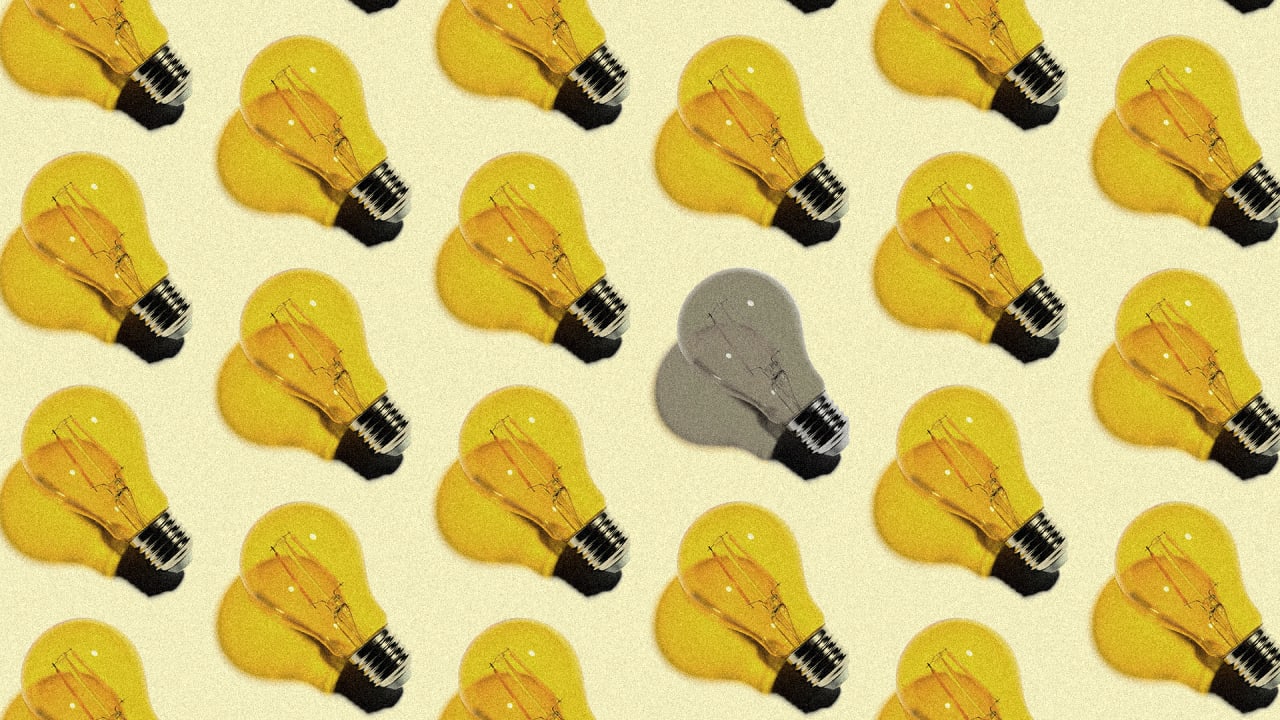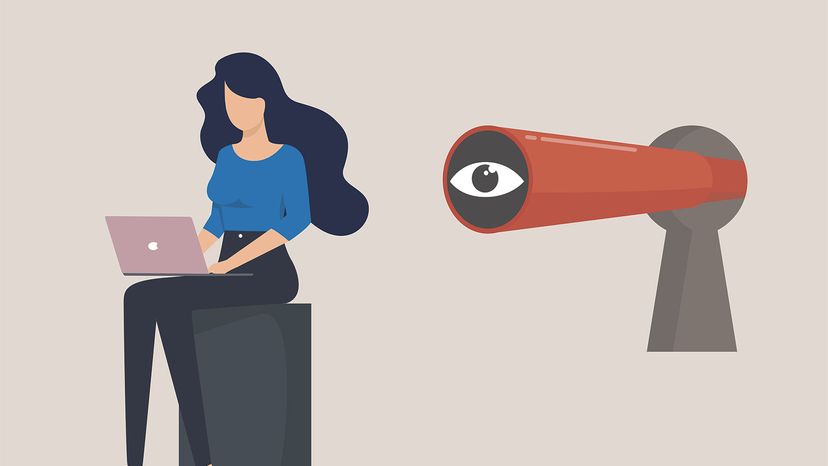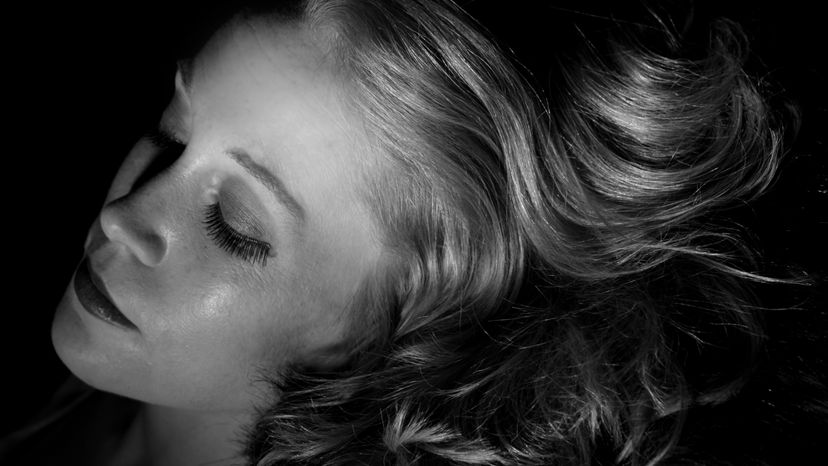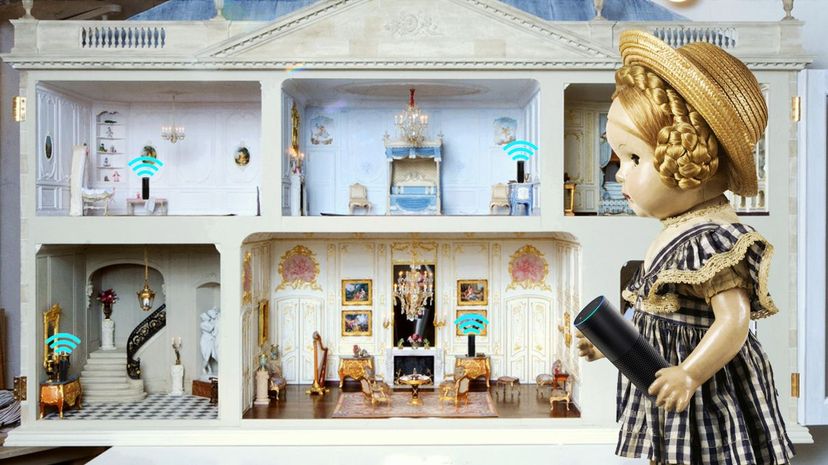
A recent paper in the Journal of Organizational Behavior on the power of “creativity catalysts” defines them as individuals who help creators “do enhanced creative work.” The paper shares the relationship of Albert Einstein and his good friend Michael Besso as an example of an effective creator/creative catalyst relationship. When Einstein struggled with a theory, sitting down with Besso to talk it out often helped him resolve his problem. There are also many creator/creative catalyst relationships throughout art history, where the work of an artist progresses thanks to the friends—the creative catalysts—who surround them and enhance their work.
But you don’t have to be a Nobel Prize winner or a groundbreaking painter to leverage the power of creative relationships; these relationships can also exist in the workplace. The researchers believe that people like Besso “exist in organizational life: Specifically, individuals who are catalysts for the creative performance of others.” The study, led by Gamze Koseoglu of the University of Melbourne, Christina E. Shalley of the Georgia Institute of Technology Scheller College of Business, and G. James Lemoine of the University at Buffalo, also found that when the catalyst is also a creative person their contribution to the work of the creator is even more powerful.
But what can leaders do, especially in this era of remote work, when we have lost some of the old ways of becoming creatively familiar with colleagues like a post-work drink or a conference room lunch, to use the power of a creative relationship like this to elevate the creative output of a creator?
Support the creative relationships that organically develop
We have all seen like-minded people bond at work. Those tight work relationships are born of a similar sense of humor, a shared level of curiosity about human behavior, or an obsession with design. Often one person takes the lead creatively and the other, the catalyst, brings information and inspiration in support of that creativity. The paper defines creativity catalysts as “employees who are perceived by their coworkers . . . as contributing to their creative thinking process through direct interpersonal interaction on a specific task or project.”
To uncover where this interaction is happening effectively in your office, establish check-ins with your creators with the goal of asking them about which colleagues and which office interactions are contributing to their creative process. If you are observant and inquisitive enough, you should be able to figure out which creative catalyst and their work relationships should be supported with time, attention and resources.
Include the sharing of inspiration and information in the job description
The researchers established that there are certain creativity catalyst behaviors that influence a coworker’s creativity. Some of the behaviors the study cited include providing informational support, strategic information and informational feedback. Identify the behaviors that drive your team’s successful creative catalyst/creator relationships and then make it clear that those behaviors are part of the creative catalyst’s job description. Whether that is producing a weekly trend report for the creator, or being responsible for tracking and sharing newsletter or social media content, define those behaviors in the job description so that the catalyst is empowered to make those behaviors an important part of their workday.
Look for creative catalyst/creator potential when hiring
When hiring for a role that supports a creator, ask the candidate about previous creative partnerships at work. Ask what they are reading and what kind of events they attend unrelated to work. Look for their potential to bring information and inspiration to the job. Work with your hiring manager to spot potential creative catalysts early on so you can foster the skills that are important to supporting creativity across the office. If you are hiring a creator, ask who at their previous job they turned to for inspiration or information. Do you have somebody like that working in their department? If so, when onboarding the creator, arrange for that creator and potential catalyst to meet.
Make sure your creative catalysts and creators are diverse groups
When I produced photo shoots for advertising agencies many years ago a quick look around every agency showed a gender split between the ‘creatives’ and the ‘producers’. The majority of the producers, who provide inspiration and information and are invaluable to the creative process, were female and the majority of creators were male. I hope things are better in 2022, but it is worth making sure that your creative catalysts, as well as your creators, are a diverse group of people representing all kinds of people and backgrounds. Creative thinking only flourishes when a wide range of inspiration and information is being brought to the table.
Most likely, you already have creative catalysts working for your organization. They might be producers or project managers or communications professionals. They might be entry level or in the middle of their career. By spotting these important creativity drivers and giving them the time and power to bring inspiration and information in support of creative efforts, you could raise the creativity bar across your organization.
Sara Woster is a director of innovation and communications strategist, most recently at Powell Communications. She is also the founder of The Painting School and the author of Painting Can Save Your Life.





